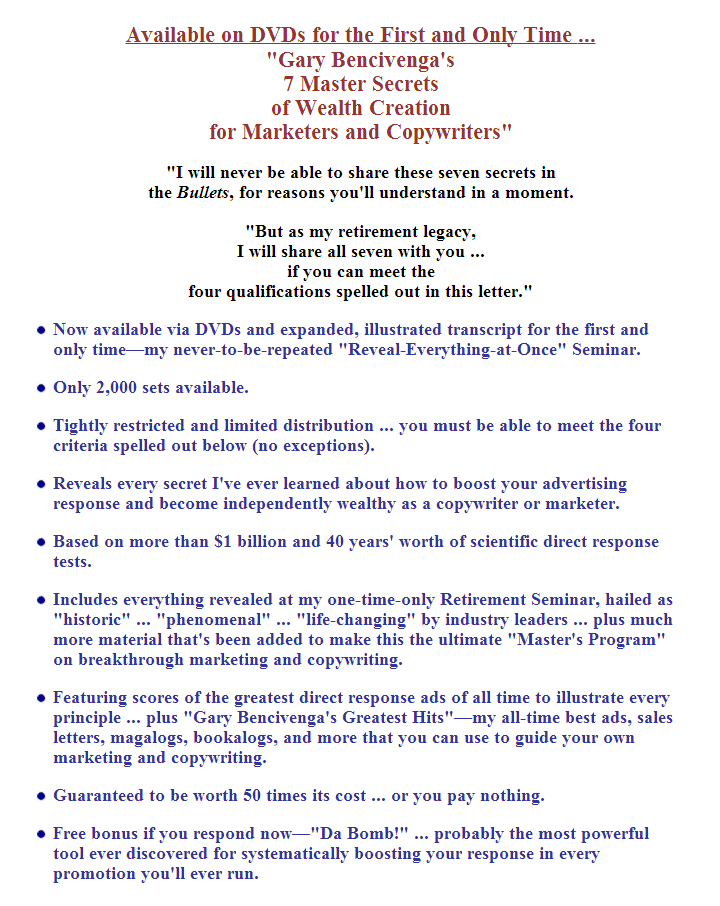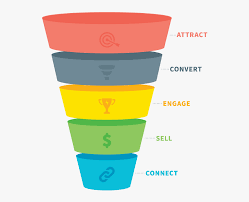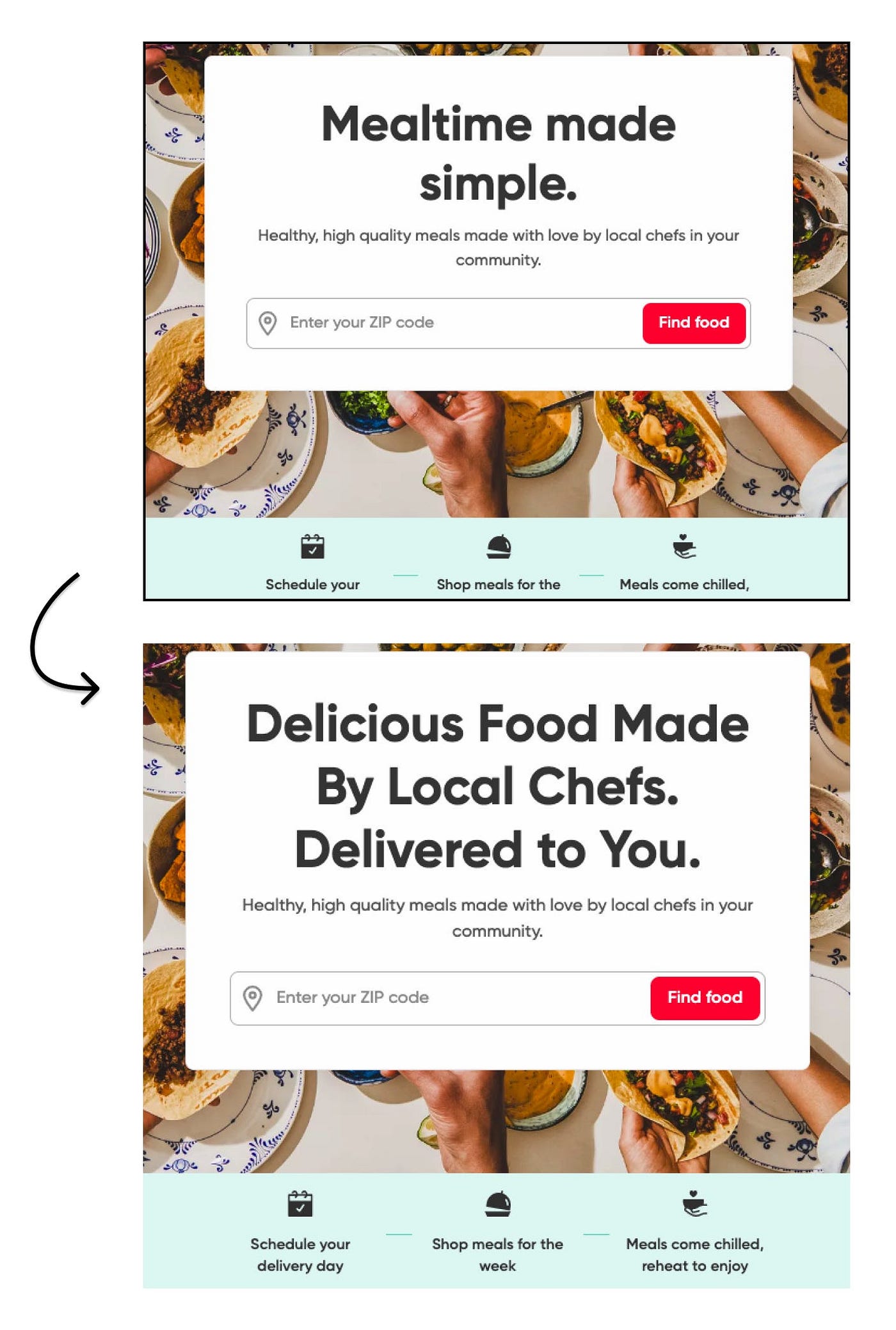Why Most Websites Don’t Sell (And How to Fix It)
A beautiful website won’t pay the bills. The truth is, most online businesses build sites to look good rather than to convert. Treated like digital brochures instead of conversion-focused sales engines, these sites attract traffic but fail to generate leads or revenue.
In this post, Studio Sable breaks down the most common mistakes that kill conversions—and shows the strategic shifts that can turn a static website into a high-performing, revenue-generating platform.
Mistake 1: Design Over Strategy

Many online businesses make the mistake of prioritizing aesthetics over performance. A website might look visually stunning, with animations, parallax scrolling, or fancy typography—but if it doesn’t guide visitors toward a clear action, it won’t generate sales or leads. Design should serve your business goals, not just impress colleagues.
The Problem:
Websites that focus on style over strategy confuse visitors. When every element competes for attention, nothing stands out. Users may admire the visuals, but they leave without taking action, reducing conversion rates, hurting lead generation, and wasting digital marketing efforts.
The Fix:
Start with the function of your site. Ask: “What do I want a visitor to do within 30 seconds?” Remove anything that distracts from that goal. Use hierarchy (bold headlines first), whitespace (to let the eye rest), and contrast (to make CTAs impossible to miss). Every element should guide users naturally toward conversion, creating a seamless journey from visitor to customer.
Studio Sable Difference:
At Studio Sable, we design websites that combine visual appeal with strategy. Every page is optimized to capture attention, direct users, and increase online business performance. By focusing on conversion-driven design, we ensure your website doesn’t just look good—it works hard to turn traffic into paying customers.

Too many online businesses fail to communicate their value clearly. Your website might have sleek design and clever slogans, but if visitors can’t understand what you do immediately, they’ll leave—and probably go to a competitor. A clear, compelling value proposition is critical for converting traffic into leads and customers.
The Problem:
Most websites rely on vague headlines like “Innovation,” “Excellence,” or “Solutions.” While these sound impressive, they don’t tell your audience what your business actually does or why they should choose you. If visitors can’t grasp your value in under five seconds, your conversion rates and lead generation suffer, and your digital marketing efforts fail to pay off.
The Fix:
Your homepage headline should answer three questions instantly:
What do you do?
Who do you do it for?
Why should they choose you?
For example, instead of a generic “Innovative digital solutions for forward-thinking businesses,” write:
“We build high-converting websites that turn visitors into paying clients.”This statement is specific, benefit-driven, and immediately clear. Pair it with a subheading that elaborates on your services, then add a strong call-to-action like “Book a Free Strategy Call” to guide visitors toward conversion.
Studio Sable Difference:
At Studio Sable, we craft value propositions that convert. We ensure your messaging is instantly clear, benefit-driven, and optimized for your ideal audience. By clearly communicating what you do, who you serve, and why you’re the best choice, Studio Sable helps businesses increase lead generation, boost online sales, and turn casual website visitors into loyal clients.
Mistake 2: No Clear Value Proposition
Mistake 3: Weak Copywriting

A stunning website can capture attention, but it’s your words that drive conversions. Too many online businesses fill their sites with corporate jargon, vague claims, or long-winded descriptions that don’t resonate with visitors. Phrases like “driving synergy” or “leveraging innovation” may sound professional, but they fail to sell, hurting your conversion rates, lead generation, and overall online business performance.
The Problem:
Weak copy confuses or disengages visitors. When your messaging is generic, unclear, or overly technical, potential customers don’t see the value, and they leave—sometimes before ever reaching your call-to-action. Without strong, persuasive copy, even the best-designed website underperforms.
The Fix:
Effective copy is conversational, benefit-driven, and specific. It speaks directly to the customer’s pain points and highlights the transformation your service delivers.
For example:❌ “Our software is designed to optimize workflow efficiency across multiple verticals.”
✅ “Save 10 hours a week with software that automates your repetitive tasks.”
Other tips:
Break text into short, skimmable sections for easy reading.
Use bold subheadings to emphasize benefits.
Always connect features to outcomes: don’t just say “fast hosting”—say, “Your site loads in under 2 seconds, keeping visitors from bouncing.”
Studio Sable Difference:
At Studio Sable, we specialize in high-converting copywriting for online businesses. Every word on your website is designed to engage, inform, and persuade, turning visitors into leads and leads into paying customers. By combining persuasive messaging with your conversion-focused website design, Studio Sable ensures your online presence not only attracts attention but also drives measurable revenue.

Many online businesses treat their website like a digital brochure—scattered pages filled with information, but no clear guidance for visitors. Users arrive on the homepage, browse aimlessly, and leave without taking action. Without a logical journey from stranger to lead to paying customer, your conversion rates and online sales suffer.
The Problem:
Websites without funnel thinking fail to capture and nurture leads effectively. Visitors get lost, engagement drops, and digital marketing efforts don’t translate into revenue. Simply driving traffic to a site is not enough—if your website doesn’t guide users toward a clear goal, you’re leaving money on the table.
The Fix:
Think of your website as a sales funnel, not a billboard. Each page should have a single purpose that moves visitors closer to conversion. A well-structured funnel typically looks like this:
Homepage: Clear value proposition + prominent call-to-action.
Services Page: Specific offers, benefits, and tangible outcomes.
Case Studies / Proof: Showcase results, testimonials, client logos, and data.
Contact / Conversion Page: Make it effortless to get in touch or purchase.Every page should guide the visitor to the next step.
Don’t assume users know where to go—lead them intentionally through the journey.
Studio Sable Difference:
At Studio Sable, we design conversion-focused funnels that turn websites into powerful revenue-generating tools. By structuring your pages strategically, optimizing each step for engagement, and guiding visitors seamlessly toward action, Studio Sable helps online businesses increase lead generation, boost conversion rates, and maximize ROI. Your website becomes more than a digital presence—it becomes a predictable system for growth.
Mistake 4: No Funnel Thinking
Mistake 5: Ignoring Trust & Proof

Even the most visually appealing website with clear messaging can fail if visitors don’t trust your business. A polished site without evidence of results feels like an empty promise. In today’s competitive online marketplace, customers need reassurance that your business can deliver before they commit to buying.
The Problem:
Without trust signals, potential customers hesitate, bounce, and choose competitors who demonstrate credibility. Lack of proof directly impacts lead conversion, sales performance, and overall online business success. Visitors need to see that you’ve helped others achieve results before they feel confident enough to take action.
The Fix:
Integrate trust and proof throughout your website to build credibility and confidence. Effective trust signals include:
Testimonials: Real quotes from satisfied clients.
Case Studies: Before-and-after results, ideally with measurable data.
Logos: Brands and companies you’ve worked with.
Certifications or Media Mentions: Authority markers that validate expertise.
Clear Contact Info: Signals legitimacy and accessibility.
Don’t hide these at the bottom of the page—scatter proof throughout the user journey. Trust should grow as visitors move down your funnel, reinforcing confidence at every step.
Studio Sable Difference:
At Studio Sable, we help online businesses build trust that converts. By strategically placing testimonials, case studies, logos, and other proof elements throughout your website, we ensure visitors feel confident taking action. Our approach turns your site into a conversion-driven, credibility-rich platform, increasing lead generation, boosting sales, and strengthening your digital marketing strategy.
Websites rarely fail due to one major mistake—they fail because of many small, overlooked issues. Cluttered layouts, unclear messaging, weak copy, a lack of funnel thinking, and missing proof all add up to a site that looks good but doesn’t convert.
When you align design with strategy, lead with a compelling value proposition, craft persuasive copy, structure your site as a conversion-focused funnel, and showcase trust and proof throughout, your website transforms into what it should have been all along: a 24/7 sales machine.
Studio Sable Difference:
At Studio Sable, we help online businesses optimize every aspect of their website for maximum results. By combining strategic design, high-converting copy, intelligent funnel structure, and credibility-building proof, we turn your website into a revenue-generating platform that works around the clock. Stop leaving money on the table—let Studio Sable ensure your website doesn’t just attract visitors, but converts them into loyal clients.
